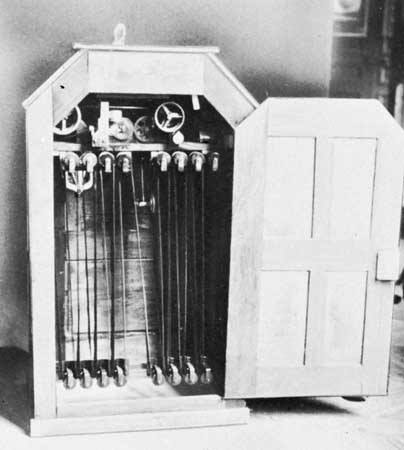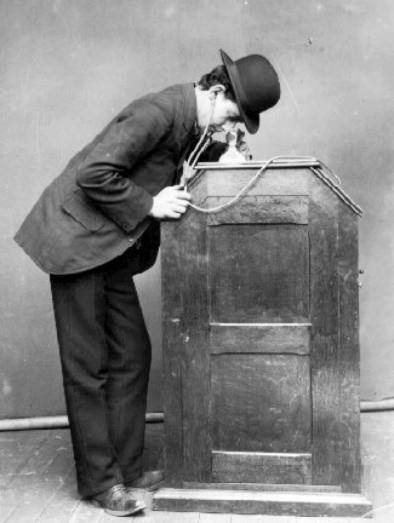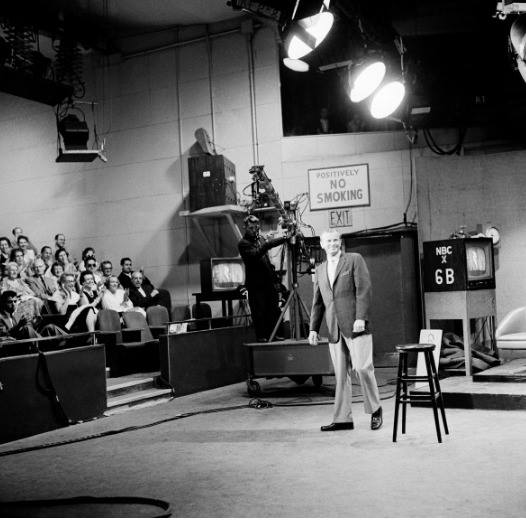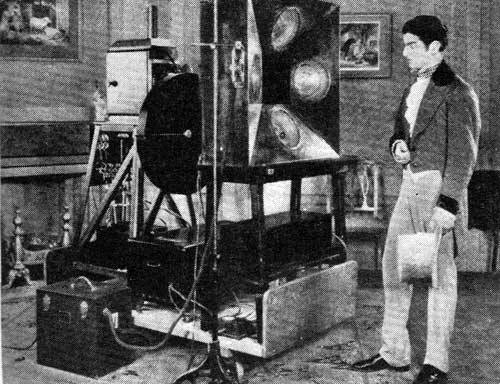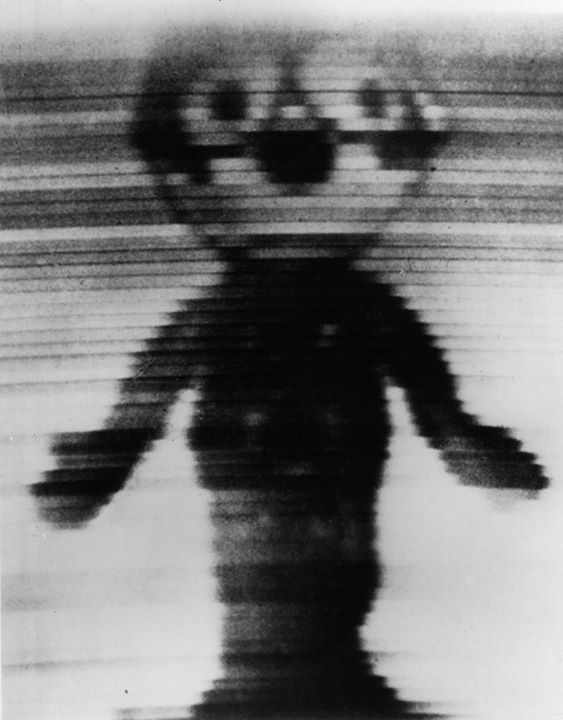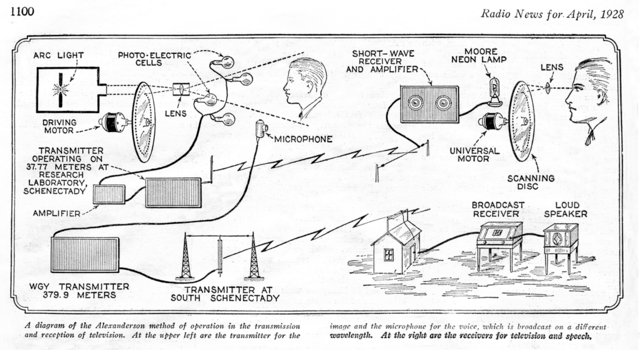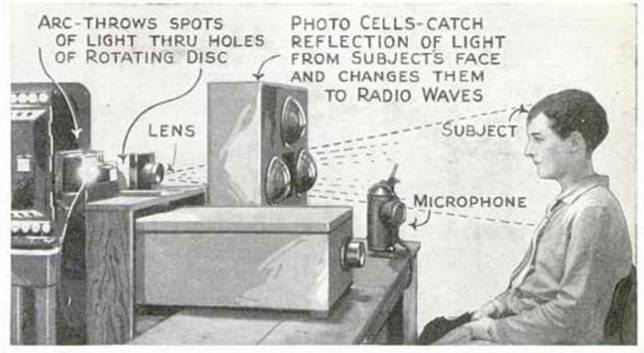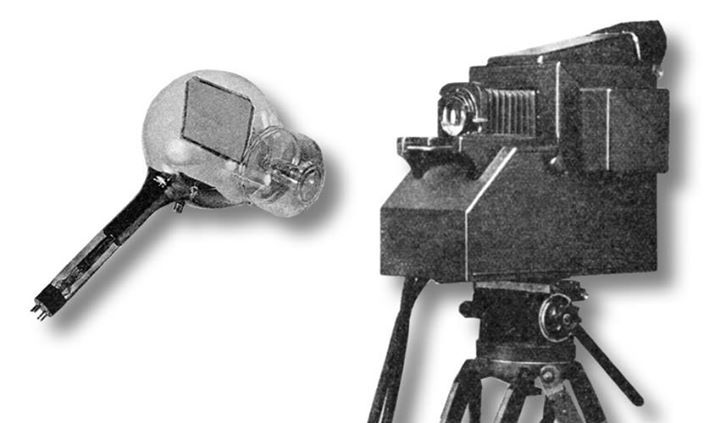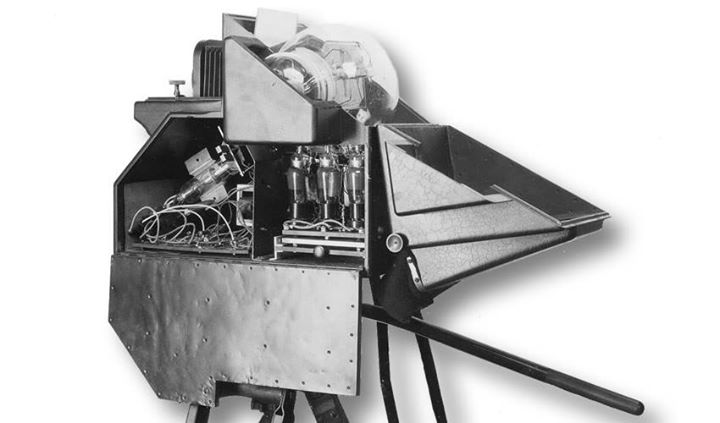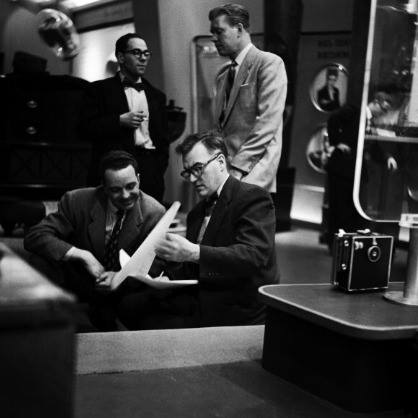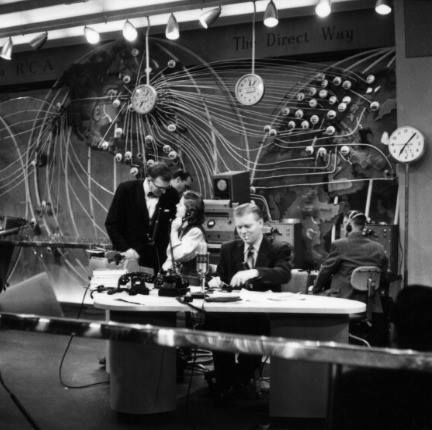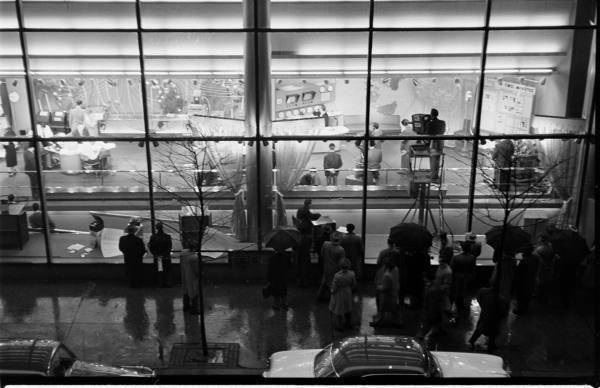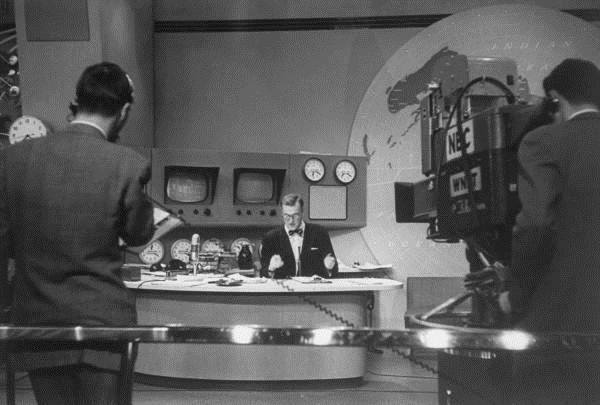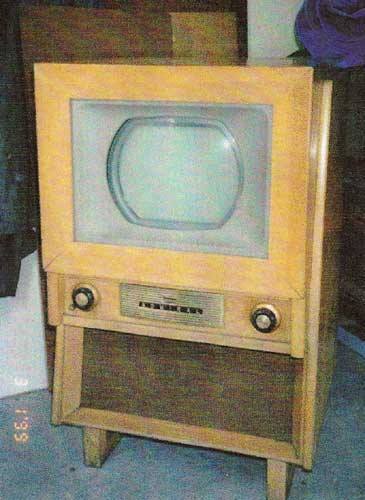- Home
- TV History
- Network Studios History
- Cameras
- Archives
- Viewseum
- About / Comments
Skip to content

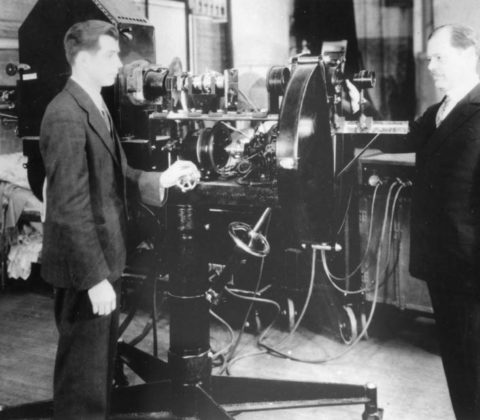
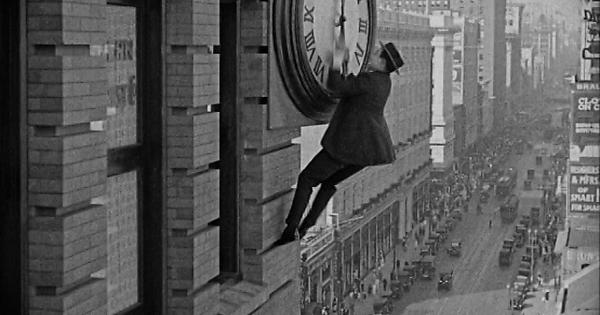

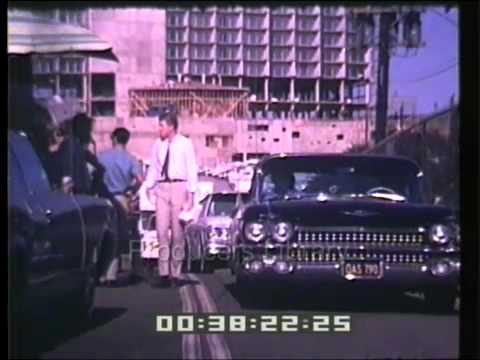
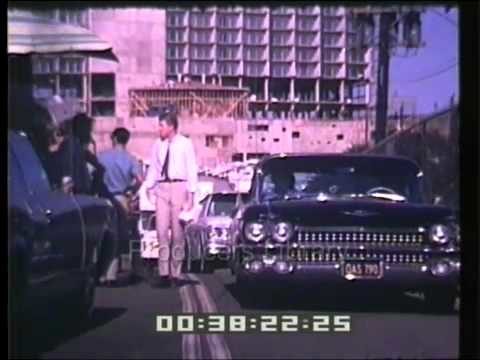
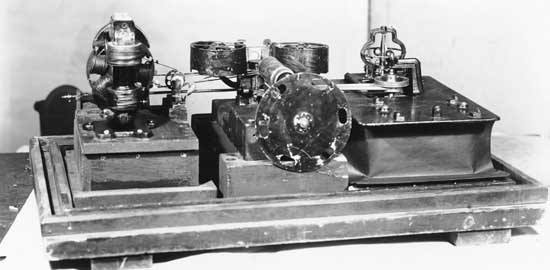
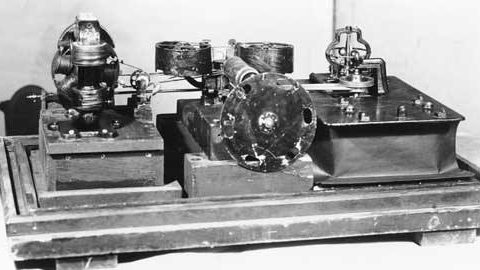
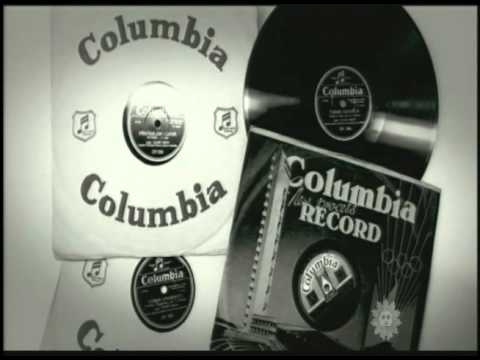
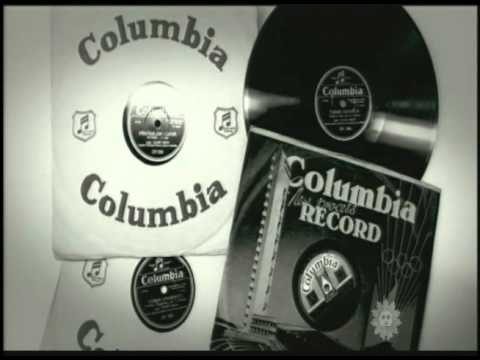

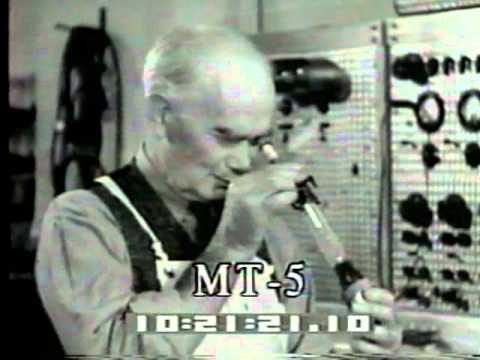
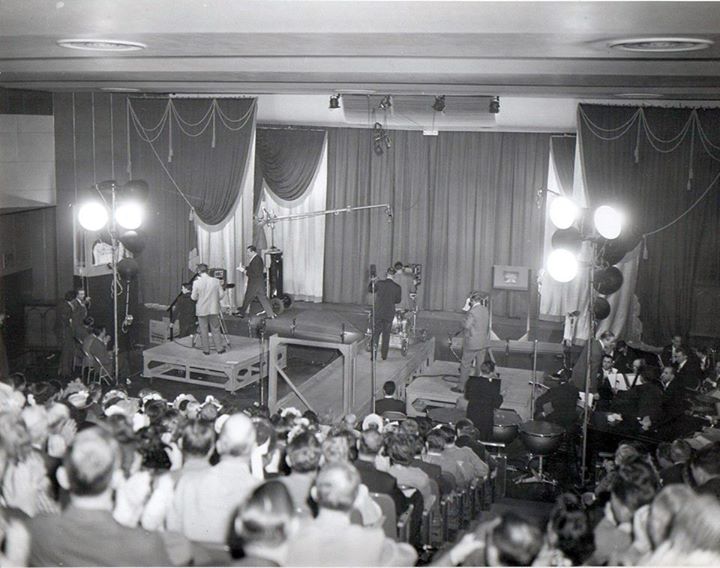
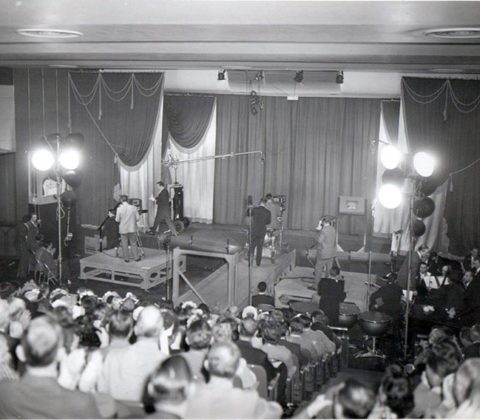
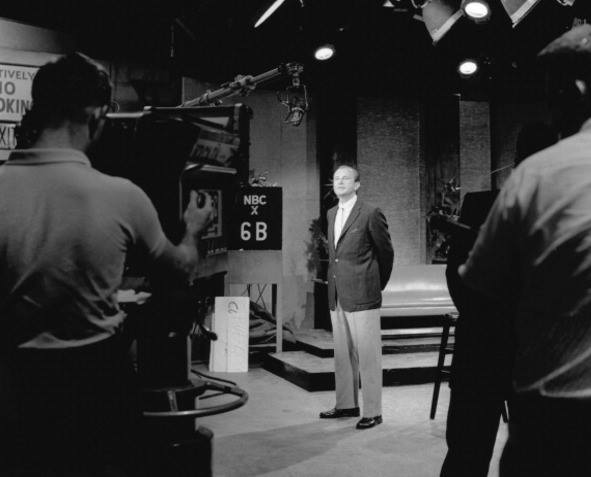
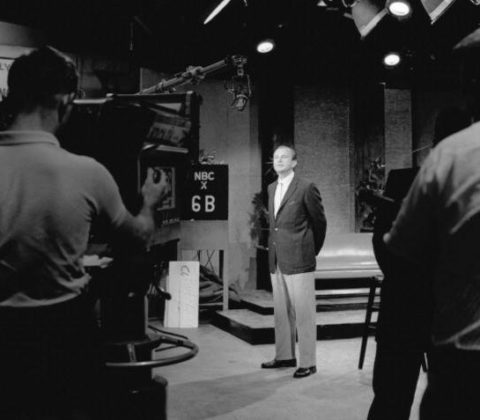




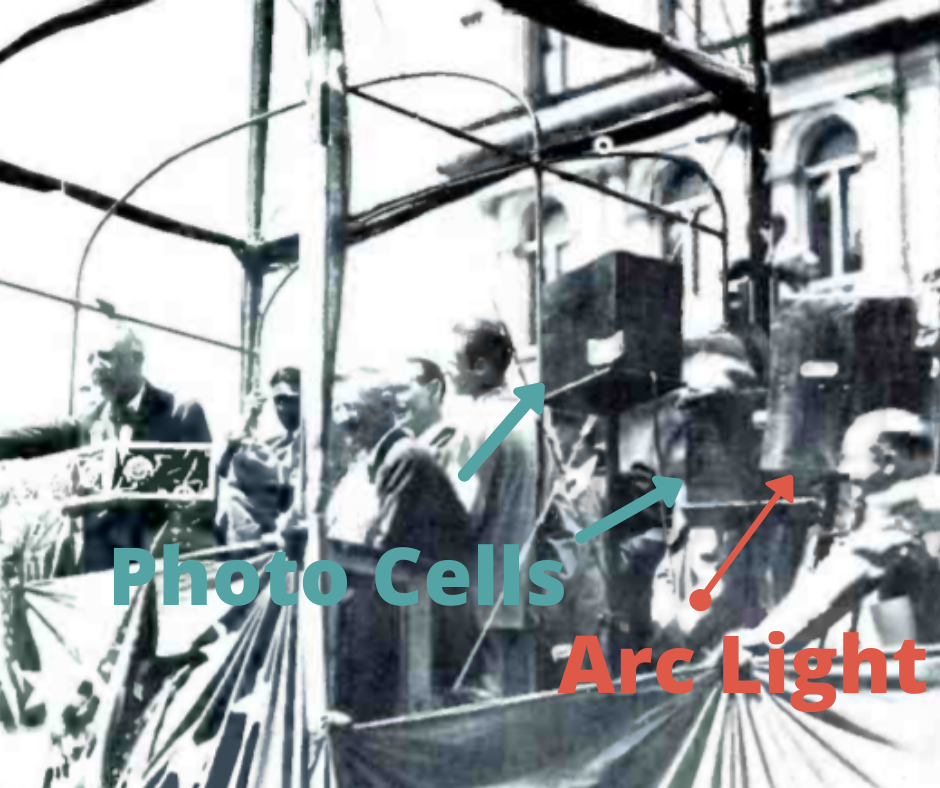
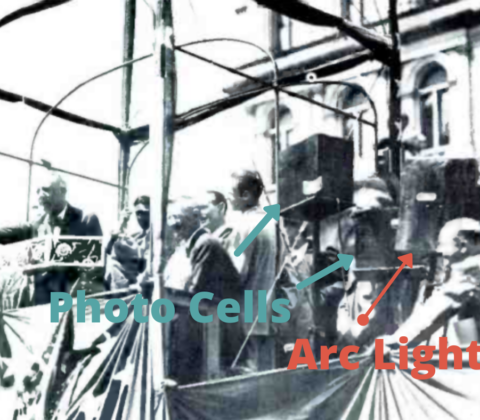
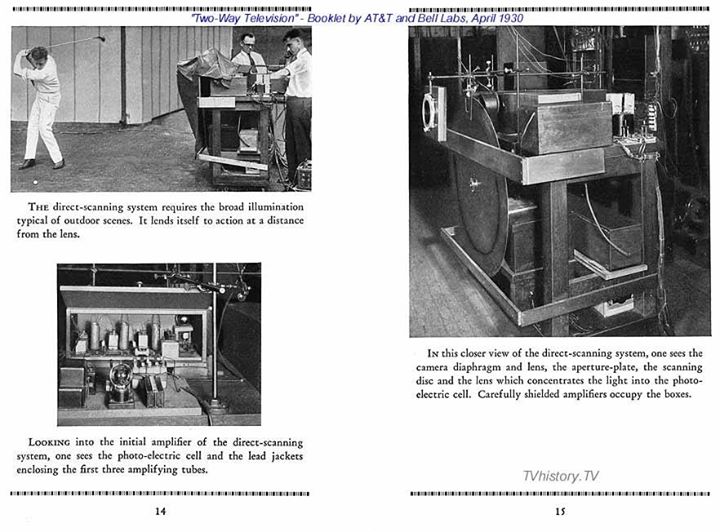
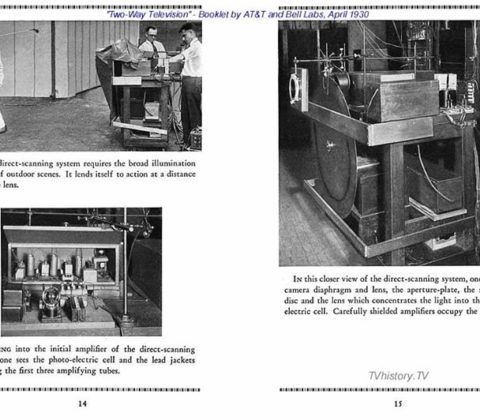
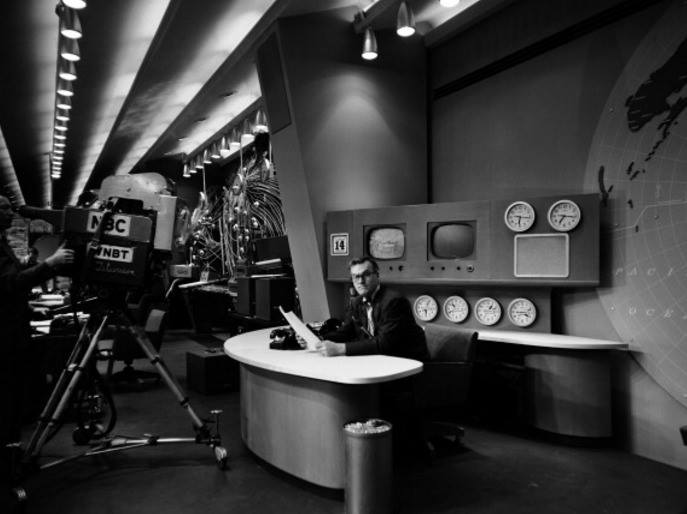
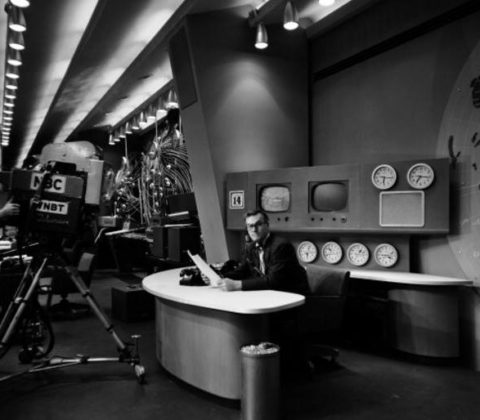
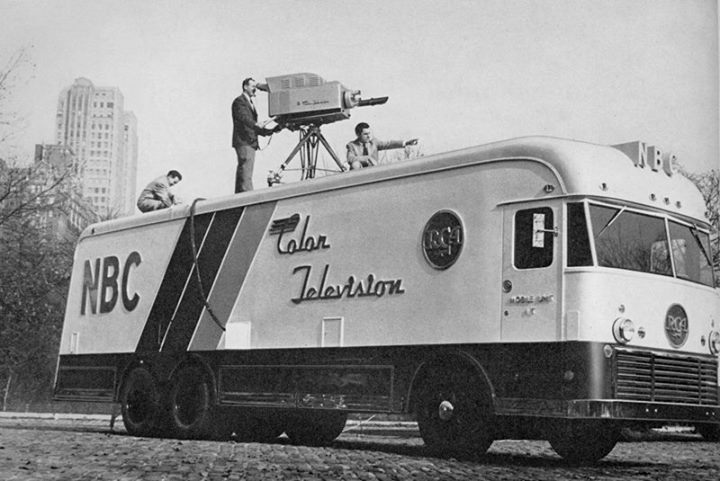

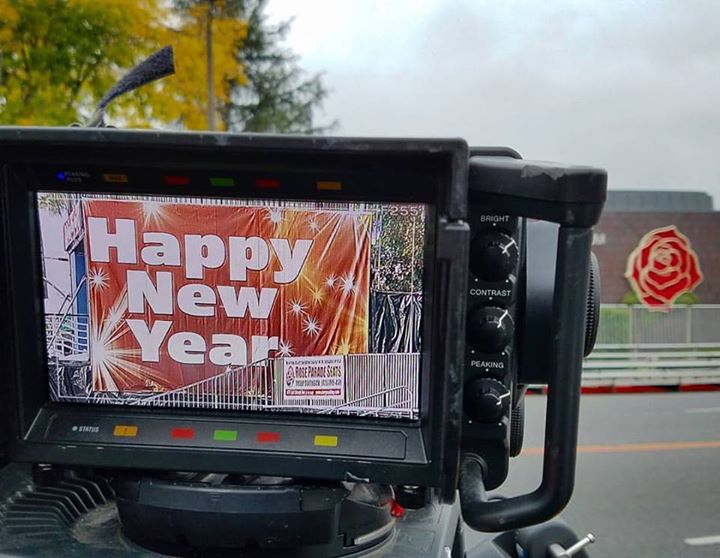
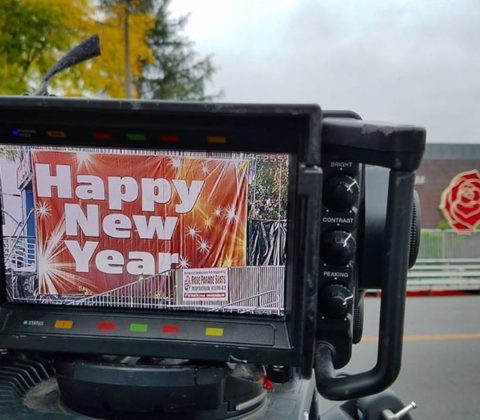
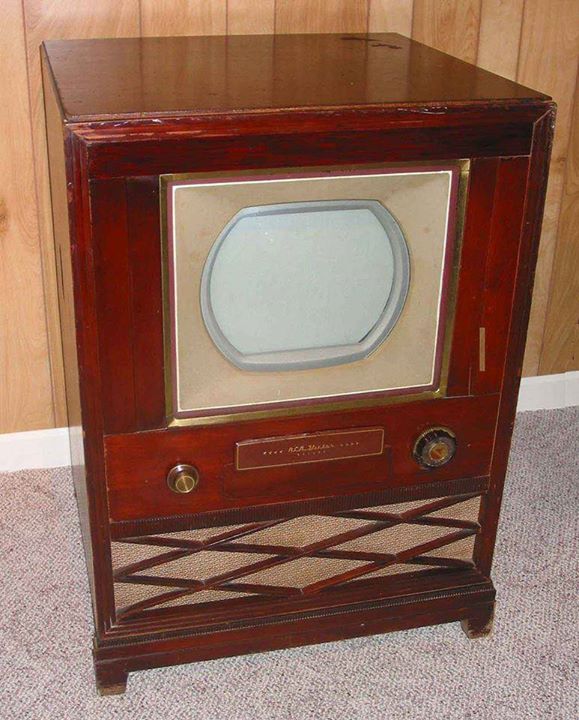
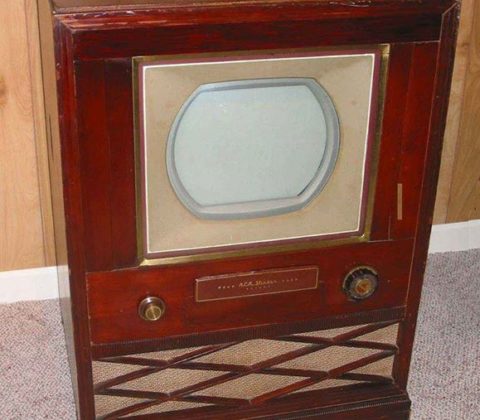
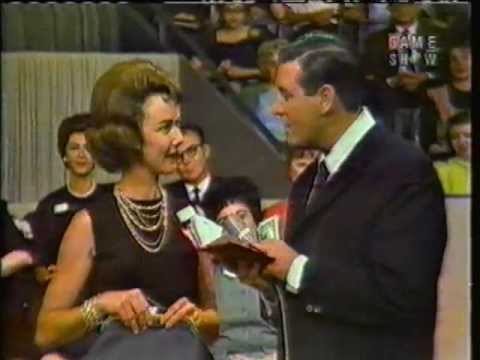
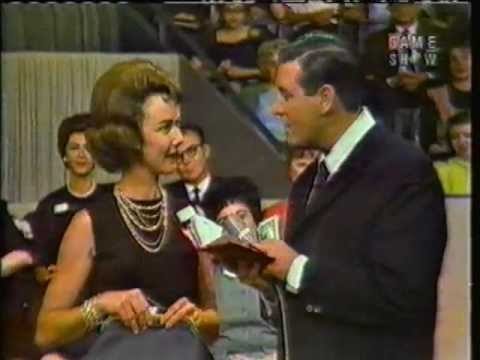
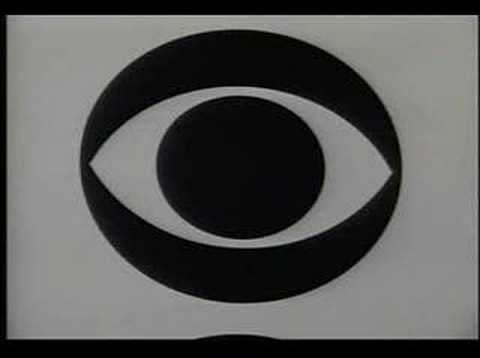
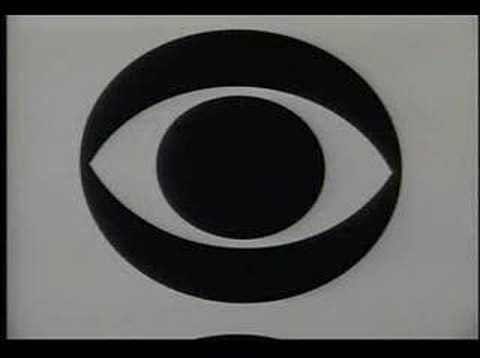

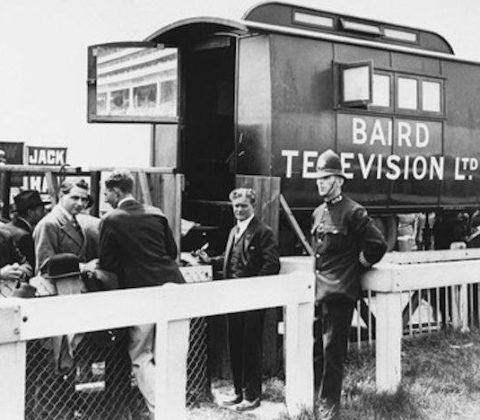
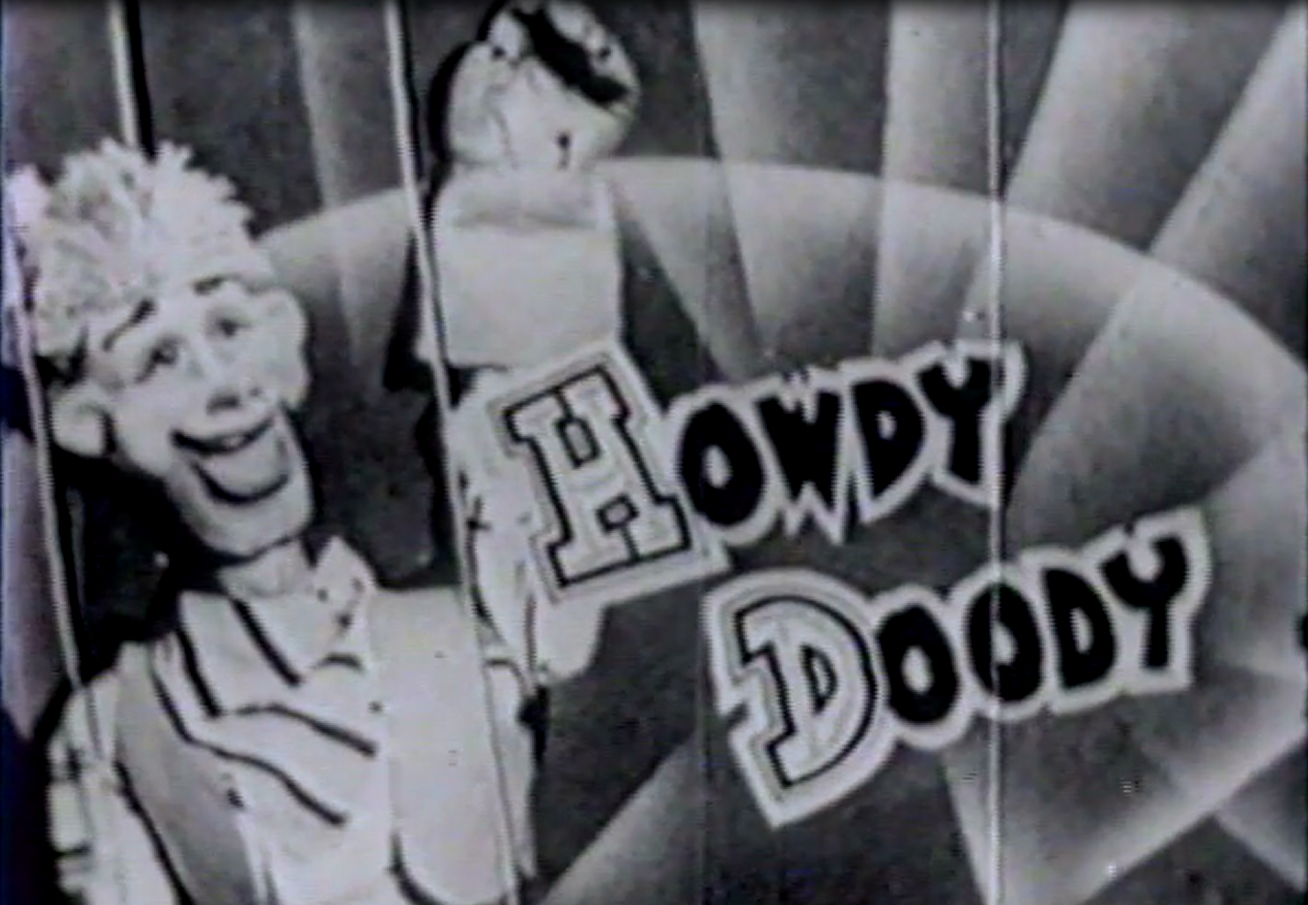

Posts in Category: TV History
Page 6 of 136
« Previous
1
2
3
4
5
6
7
8
9
10
11
12
13
14
15
16
17
18
19
20
21
22
23
24
25
26
27
28
29
30
31
32
33
34
35
36
37
38
39
40
41
42
43
44
45
46
47
48
49
50
51
52
53
54
55
56
57
58
59
60
61
62
63
64
65
66
67
68
69
70
71
72
73
74
75
76
77
78
79
80
81
82
83
84
85
86
87
88
89
90
91
92
93
94
95
96
97
98
99
100
101
102
103
104
105
106
107
108
109
110
111
112
113
114
115
116
117
118
119
120
121
122
123
124
125
126
127
128
129
130
131
132
133
134
135
136
Next » 

January 13, 1928…America’s First Public Television Demonstration
On January 13, 2017
- TV History
January 13, 1928…America’s First Public Television Demonstration
On this day in 1928, Ernst F. W. Alexanderson gave the first public demonstration of mechanical television in the U.S., from General Electric’s lab in Schenectady NY.
Farnsworth would demonstrate his electronic version in September of this year, and Francis Jenkins had done this in Washington DC in June of 1925, but as a “Shadowgraph” broadcast; in which only silhouettes of actors in front of a white screen were shown, as resolution was so low. In this 24 line demonstration, facial features could be seen, but barely. By September, W2XB was using 48 line resolution when “The Queen’s Messenger” was broadcast.
The Alexanderson Generator, which enabled long distance radio communication was the reason RCA was formed, and both RCA and CBS used his GE mechanical camera when the first began television experiments.
At the link is a good look at what he achieved, with some interesting images, including a New York Times front page story from January 14th, 1928 on this demonstration. -Bobby Ellerbee


How some cool silent film effects were done
On January 12, 2017
- TV History
HUGE AND FUN TRICK SHOT SURPRISES From The 1920s!!!
If you are like me, seeing Harold Lloyd hanging from this clock always gives me chills and makes me wonder about his sanity, BUT…now we know how they did this, and more very slick effects.
As you scroll down the page, a half dozen or so mysteries will reveal themselves with some good animated reveals on how Charlie Chaplin, Douglas Fairbanks, Mary Pickford (and Mary Pickford) and more stars fooled us all. At the bottom, be sure and click the Load More Images bar to see more from Buster Keaton and a cool color filter truck from the 1925 “Ben Hur”. Enjoy and share! -Bobby Ellerbee
How some cool silent film effects were done
Imgur: The most awesome images on the Internet.


Rare! Behind The Scenes…Shooting “Batman” First Episode
On January 12, 2017
- TV History
Rare! Behind The Scenes…Shooting “Batman” First Episode
January 12, 1966…’Batman’ Debuts On ABC
There are two rare video pieces here for you to see including this embedded clip (no audio) of a location shoot of a scene from the first episode with Frank Gorshin and Bert Ward.
In this second clip, we see the competing casting of the two teams of Batman and Robin…Lyle Wagoner and Peter Deyell vs Adam West & Burt Ward.
By the way, this was one of the first primetime shows ever to air twice a week. The first show to do that was “Shindig” and it’s interesting to note that ABC filled the two empty “Shindig” half hours with “Batman”, as “Shindig” aired their last episodes a week before the caped crusaders took over. -Bobby Ellerbee


History’s First Marriage Of Recorded Sight And Sound…Circa 1894
On January 11, 2017
- TV History
History’s First Marriage Of Recorded Sight And Sound…Circa 1894
From the inception of motion pictures, various inventors have attempted to unite sight and sound, but Edison did it first.
The Edison Company is known to have experimented with this as early as the fall of 1894 under the supervision of W. K. L. Dickson with this film known today as the Dickson Experimental Sound Film.
The film linked above shows a man, who may possibly be Dickson, playing violin before a phonograph horn as two men dance. The horn is being used in reverse to its normal application to “condense” the violins sound into the microphone.
By the spring of 1895, Edison was offering Kinetophones, which were film projector boxes with phonographs inside their cabinets. The viewer would look into the peep-holes of the Kinetoscope to watch the motion picture while listening to the accompanying phonograph through two rubber ear tubes connected to the machine.
While the pictures and sound appeared together, they were not what we would consider synchronous. Although the initial novelty of the machine drew attention, the decline of the Kinetoscope business and Dickson’s departure from Edison ended any further work on the Kinetophone for 18 years. This was shot at the Edison Studios in West Orange, New Jersey.
Since Edison’s main interest was his 1877 invention…the phonograph, he was mostly interested in a process the would have is sound device accompanied by pictures, which is why he was not concerned with moving ahead with a projector system. He later did with the Vitascope projector.
Actually, Dickson is the man that shaped the motion picture technique we still use today. In 1887 in Newark, N.J., an Episcopalian minister named Hannibal Goodwin developed the idea of using celluloid as a base for photographic emulsions. The inventor and industrialist George Eastman, who had earlier experimented with sensitized paper rolls for still photography, began manufacturing celluloid roll film in 1889 at his plant in Rochester, N.Y.
This event was crucial to the development of cinematography. The first “moving pictures” were actually series photography with multiple still cameras which could employ glass plates or paper strip film because it recorded events of short duration in a relatively small number of images. Real moving pictures, or cinematography, would inevitably find its subjects in longer, more complicated events, requiring thousands of images…just the kind of flexible but durable recording medium offer by celluloid.
It remained for someone to combine the principles embodied in the apparatuses of series photography with celluloid strip film to arrive at a viable motion picture camera. That was an innovation achieved by William Kennedy Laurie Dickson in the West Orange, N.J., laboratories of the Edison Company.
It was Dickson that split the 70mm Eastman stock into two 35mm strips and added sprocket holes to use in his Kinetoscope camera seen here with the viewing machine. -Bobby Ellerbee


January 10, 1949…RCA Introduces The 45 RPM Record
On January 10, 2017
- TV History
January 10, 1949…RCA Introduces The 45 RPM Record
I was 8 when I got my first record player, and the first two 45s I ever had were Bobby Day’s “Rock’n Robbin” and Andy Griffith’s “What It Was, Was Football”. Do you remember your first 45s?
Here is Charles Osgood’s story on the debut from last year, and a 1949 RCA demonstration record that was part of a display in dealer show rooms. -Bobby Ellerbee
https://www.youtube.com/watch?v=jKlIwvKYIzI Charles Osgood
https://www.youtube.com/watch?v=ebRx7FN6vlc RCA Demo
The 45 RPM Record was introduced by RCA Victor on January 10, 1949. This “Almanac” feature from CBS’ Sunday Morning is worth 2 minutes and 45 seconds of your…


1939 Hollywood Tour…The Studios, Movies & People Making News
On January 9, 2017
- TV History
1939 Hollywood Tour…The Studios, Movies & People Making News
The great “March Of Time” newsreel archives give us a look at Tinseltown as it was in July of 1939. The studio bosses are all here as are shots from the sets of “Gone With The Wind”, “Mr. Smith Goes To Washington” and more!
Everybody from DeMille and Capra are here as well as Sennett,
Keaton, Chaplin, Zanuch and even Lee De Forest. You’ll also see the men that Howard Hughes fought with at the Hayes Commission when they tried to keep the best part(s) of Jane Russell off the silver screen. Enjoy! -Bobby Ellerbee
https://www.youtube.com/watch?v=kCEvAtQWXxE
The March of Time Hollywood History- The Movies March On! Volume 5, Episode 12– July 1939. For screening and comparison purposes ONLY under Fair Use doctrin…


SPECIAL NBC NY STUDIOS HISTORY…FIRST HAND ACCOUNT
On January 6, 2017
- TV History
SPECIAL NBC NY STUDIOS HISTORY…FIRST HAND ACCOUNT
This article includes A MUST READ, FIRST HAND ACCOUNT from one of NBC’s veteran cameramen, Frank Vierling. His story starts 68 years ago today, on his first day, January 6, 1949, and gives us details of the little known NBC mobile camera units used INSIDE 30 Rockefeller Plaza, in studios that were still radio studios!
The Birth and Rebirth of Studio 3A
By Frank Vierling, with thanks to Joel Spector
I was hired and reported for work on January 6, 1949. All new engineering hires had to pass through Whitney Baston’s studio audio operations class. I was assigned to Kinescope Recording, for about a month, waiting for a new class opening. Following Mr. Baston’s class I worked a few studio shows before being assigned to the TV Field group where the mobile units were, garaged in Long Island City.
Field had two mobile units, each equipped with three camera chains. Unit 1A’s gear was color coded blue and Unit 1B’s was Yellow. (These units covered sports, but were mostly used to televise shows from the theaters NBC was acquiring, but had not yet equipped permanently).
A third set of cameras (the Green Gear) was stored in Rock Center and moved to different studios as programming required.
Only two studios, 8G and 3H had their own cameras. The Green Gear covered the NBC Symphony from 8H, Perry Como in 6A and Milton Berle in 6B, among others.
On a 1949 Saturday, still a member of TV Field, I was part of a crew assigned to work in NBC Studio 3B. We moved the Green Unit (in house) equipment to 3B and set up for Jon Gnagy’s show “You Are an Artist”. John hosted the very first “learn to draw” show on TV.
Following Gnagy, one camera was pushed across the hall into Studio 3A for “Story Book Time.” An actress, dressed in a Little Bow Peep costume, read and turned pages of a giant story book. (This was TV’s first use of 3A although technically it was just an extension of 3B.)
Before we broke for lunch, Leon Pearson did a noon news spot. While we were on our lunch break, Studio 3B was set up for the prime time “Phil Silver’s Arrow Shirt Show,” which was followed by a Pearson news spot at 11.
After the Pearson news spot, we moved the gear and set up Studio 6A for Sunday morning’s Horn & Hardart “Children’s Hour,” hosted by Ed Herlihy. With little sleep and short turnaround we were back in for the Sunday broadcast day. In addition to the “Children’s Hour,” we did “Leave It to the Girls,” with Maggi McNellis in 6B (cameras pushed across the hall). The cameras returned to 6A for the “The Meredith Wilson Show” and sign off news with Leon.
The Birth of TV in 3A.
Sometime in 1949 Field received three new camera chains. At first, it was thought they were to replace or add to our Field equipment. We soon found they were bound for studio 3A. The gear was coded RED. With the Red Gear, 3A became the third TV Studio. A variety of shows originated from 3A, a few I worked were “Morton Downey’s Mohawk Rug Show” and “The Roberta Quinlan Show”, the sitcom “Henry Aldrich” (“Coming Mother”), “Who Said That?” and “Date in Manhattan”. – Frank Vierling
Many thanks to Frank for capturing that great history and Joel Spector for sharing it. This photo shows the NBC Green Unit in use on one of the first “Texaco Star Theater” broadcasts from Studio 6B. Notice they lit the show with only a dozen scoops. The Green Unit’s camera control units were mounted on rolling carts and were always set up in the sound lock hallways of each studio.
The signals eventually wound up in Master Control, but just where the director, TD and switcher was is not known. I know that later, but still before TV control rooms were added, some TV people were in the radio control rooms of these studios. Perhaps they had a portable video board, or the signals went to the control rooms of either Studio 3H or 8G which were real TV studios. I’ll try to find out from Mr. Vierling, who’s in his 90s now. -Bobby Ellerbee


January 4, 1960…”Tonight” Show Moves To NBC Studio 6B
On January 4, 2017
- TV History
January 4, 1960…”Tonight” Show Moves To NBC Studio 6B
By far, the most famous shows to originate from 6B are ‘The Texaco Star Theater’ and the ‘Tonight’ shows with Jack Paar, Johnny Carson and now, Jimmy Fallon.
‘Tonight’ of course started with Steve Allen and Jack Paar originating the show at The Hudson Theater, but on Monday, January 4, 1960, the show moved to 6B. Paar had begun taping January 12, 1959 and the show went color Monday, September 19, 1960.
On Monday, October 1, 1962 in Studio 6B, Johnny Carson debuted as the host of ‘Tonight’. -Bobby Ellerbee


Rare Details Of RCA’s First Reseach Lab…7 Van Cortlandt Park South
On January 3, 2017
- Archives, TV History
Finally! The RCA New York Lab Address Was 7 Van Cortlandt Park South….
Since the first pictures of Felix The Cat on the mechanical television turntable set began to be seen on this page over 5 years ago, people have asked me where that Van Cortlandt Park testing facility was.
Finally, today I found out in a book written about Dr. Zworykin. Now that I had that, I did more digging and found this two page article in a 1956 Radio Age Magazine. This was the first RCA lab and testing facility. It was built by RCA in 1924 and was their technical HQ, until the move to Camden in 1930.
This is where among many other things, magnetic loudspeakers were invented, and it was the first home of W2XBS television. -Bobby Ellerbee
On page 10 of this 1956 Radio Age, there is a short but sweet description of a “unicorn”…the rarely mentioned but very important Van Cortlandt Park lab and research center, which was RCA’s first. There, W2XBS (now WNBC) came to life, as did the first ever magnetic coil loudspeakers and much more!


SPECIAL!! EARLY TELEVISION SURPRISES, Part 1 of 3
On January 2, 2017
- Archives, TV History
SURPRISE #1. If you always thought those were spotlights mounted in the black frame, you (and I) are wrong. They are actually quite the opposite of lights.
SURPRISE #2. If you always thought the contraption shooting through the opening was a camera, you (and I) were wrong. It actually quite the opposite of a camera.
SURPRISE #3. The things we thought were lights, are actually what make the images…those are photo electric cells.
SURPRISE #4. The thing we thought was the camera is actually projecting light, through a spinning disc, on the subject.
Such are the days of early television, but more precisely mechanical television.
By the way, the Felix photo was taken at RCA’s 411 5th Avenue transmitter testing location, a few blocks south of the RCA HQ at 711 5th Ave., and later, Felix and W2XBS testing moved to the Roof Garden Theater at the New Amsterdam Theater and finally to the 85th floor of the Empire State Building. The manikin (not a man) with the camera is most likely at 411 5th Ave.


SPECIAL!! EARLY TELEVISION SURPRISES, Part 2 of 3
On January 2, 2017
- Archives, TV History
Surprise #1…THIS IS A PREVIOUSLY UNKNOWN PHOTO OF THE WORLD’S FIRST TELEVISION REMOTE BROADCAST, three years before John Logie Baird’s 1931 Epson Derby remote in England.
Surprise #2….This was also the first live television news event. Or, was supposed to be. It seems that all went well in rehearsal, but when Gov. Smith came to the podium, all the film cameras there turned on their bright lights, which washed out the ability of the photo cells to see the image.
Surprise #3…The photo was taken on August 22, 1928, as WGY transmitted Gov. Al Smith’s speech accepting his nomination for the U. S. Presidency. The event took place in Albany, New York, and 24-line pictures were sent back to Schenectady, OVER A TELEPHONE WIRE.
Using a telephone line for TV transmission was a relatively new event. Jenkins did a 5 mile “Shadow Graph” transmission in 1923, but it was late 1927 before Baird did a 435 mile transmission in the UK, and AT&T did a New York-Washington linkup.
This rare image is the one that started the idea for these surprise stories. I found it a about six weeks ago in one of the anniversary editions of the Broadcasting Magazine Yearbook (pg.4).
http://www.americanradiohistory.com/Archive-BC/BC-1981-50th/BC-1981-50-Years-of-Broadcasting.pdf
The three black boxes on stage caught my eye first, then the caption, which said, “These General Electric television cameras, from WGY Schenectady were said to be involved in the first TV remote when they covered New York Gov. Al Smith, the 1928 Democratic Presidential nominee, accepting the nomination in Albany.”
I was confused by the black boxes in the photo, but began to investigate. This is where yesterday’s surprises in Part 1 came into play. The two smaller boxes here are the photo electric pick up cells, and the big box in the center…the one we think of as a camera, is actually projecting a strong light through a scanning disc inside the big box.
Put another way, it is a “flying spot scanner”. In much the same way electronic television tubes scan the subject – delivered by the camera lens to the target screen, scanned from left to right, and top to bottom – the mechanical system’s “camera” projected a spot of light that scanned the subject the same way.
The images of the subject are made by the photo electric photo cells which are seen here as the two smaller black boxes.
Surprise #4…At the link is an incredible 20 second piece of film from WGY in 1928 that will explain how this works. WATCH CLOSELY and repeat.
First, notice…the octagonal object on the left is the “monitor”, a mechanical televisor unit with a 3 inch screen. The smaller black boxes with the big glass objects are not lights, but the photo electric “eyes” that make the picture. The big black box with a lens on the front (that looks like a camera) is the light projector and the lens focuses the 1000 watt light inside, projected through a spinning disk.
Watch how the tech moves the small photo electric box like a camera…which is is.
This is part of the first ever dramatic television broadcast called “The Queen’s Messenger” and what you are seeing in this clip is how they shot a close up scene that concentrated on the actors hands, and what they had in them.
There were only four actors, these two hand actors and two face actors…a female Russian spy and a male British diplomatic courier. Only close ups were possible and there were three projectors in the room with six photo electric cell boxes. One projector was for the female face actor, one for the male face actor and one for the hand actors.
By the way, this is a brightly lit reenactment for the film camera, because the studio had to be twilight dark in order for the not so sensitive photo electric cells to capture the 24 lines of light projected onto the subjects.
Also shown here is an April 1928 diagram of the GE mechanical television process that includes the broadcast and reception method. Notice that two radio transmitters were used in these experimental broadcasts. The visual image was broadcast on GE’s experimental shortwave station W2XB operating on 37.33 meters (7.7 MHz) and the sound was broadcast over their radio station WGY, operating on 379.9 meters (790 KHz).
The last image is a simplified version of the broadcast apparatus from an April 1928 Mechanic’s Illustrated.
Tomorrow, how mechanical television morphed into the electronic version, and more surprises! Please share this with your friends, so they can be surprised too. -Bobby Ellerbee


SPECIAL!! EARLY TELEVISION SURPRISES…PART 3 of 3
On January 2, 2017
- Archives, TV History
With so many overlapping and similar events happening not only in the US and UK, but at RCA, Westinghouse, General Electric and AT&T, writing this synopsis is a real challenge. That’s why, as this final part leads us into electronic television, I am only hitting the major events, and giving you links to fill in the glorious details. You will find them at the bottom of the page.
Surprise 1…We start with the first time the photo electric “eye” was actually put inside a light sealed box to make a television camera.
You can see that in the first photo (above), which is the AT&T “Direct Scanning System”. It was first demonstrated July 12, 1928 at the Bell Labs in New York, and was the first demonstration of outdoor television using sunlight and a scanning disc…something no other researcher had been able to do.
It was not revealed at the time, but the 50 hole, 3 foot disc system’s success was due to the new, Bell improved Case Thalofide photo electric cell.
On August 24, 1928, Philo Farnsworth gave a private demonstration of his all electronic system to Pacific Bell. The images on the
one-and-a-quarter by one-and-one-half inch blueish screen made images hard to identify, but the motion was easy to follow. Ten days later, he demonstrated it to the press in San Francisco. Reports were that “the basic principal of electronic TV had been proven and that perfection was just a matter of engineering”.
Surprise 2…Farnsworth applied for his first patent, which was on the Image Dissector tube January 7, 1929, but contrary to popular belief, he did not patent the first all electronic system. His patent did not specify a cathode ray receiving tube, as he was convinced that he could not patent such a basic device.
As I understand it, the real problem with Philo’s system was that due to some unlockable technical relationship between the Image Dissector output and the transmitted image, the size of the picture received was forever limited. That is, the only way to get a bigger picture on the receiving set was to massively increase the size of the Image Dissector tube.
Tests using a mechanical camera and an electronic receiving tube had been done as early as 1926 at Bell Labs, but half tones were not possible until improvements in the photo electric cells were made. That is why Bell’s Direct Scanning or Outside System was so important.
Finally in May of 1929, a 7” by 20” tube, fabricated by Corning Glass was given a willemite phosphor screen prepared by Zworykin’s group at Westinghouse. With it’s green phosphor screen, half of the goal of electronic television was accomplished. Here, half tones made a difference again, as part of the research Zworykin had done on the Westinghouse facsimile machine’s half tone transmission and reception was incorporated.
On November 13, 1928, Zworykin received an American patent on his improved all cathode ray television system. It was not until February of 1933 that RCA was able to demonstrate a fully electronic camera with Zworykin’s Iconoscope tube, which is shown below, with his recently developed spherical Iconoscope tube.
_____________________________________________________
At this link is a very thorough and photo filled article from Richard Brewster from our friends at the Early Television site.
http://www.earlytelevision.org/rca_story_brewster.html
Below is a video that takes us through the whole process…from Nipkow’s disc and Baird’s work, to Farnsworth and Zworykin. -Bobby Ellerbee


January 2, 1952…”Today” Show’s Full Staff Reports To Work at 4 AM
On January 2, 2017
- TV History
January 2, 1952…”Today” Show’s Full Staff Reports To Work at 4 AM
To get everyone acclimated to their new early morning schedules and ready for the Monday, January 14 debut, all writers, talent, technical and production staffers were required to report for work at 4 AM on Wednesday, January 2, 1952.
Their new home was at the recently renovated RCA Exhibition Hall space on West 49th Street, just across from 30 Rock, where the long shot photo was taken from. Preparation had begun some weeks before, with the set mostly completed by the 2nd, and staffers working daily across the street in a large NBC conference room to plan the show’s many element.
On Wednesday, January 9th, just three weekdays before the debut, dry runs began and all the images here are from that first day of rehearsals, which extended through the weekend.
There were several firsts on the show, including the use of at least two camera mounted teleprompters. Notice in the first photo, the RCA TK30 is mounted on a tripod, but this was only a temporary setup as the first two Houston Fearless PD 3 counter weighted pedestals ever made (seen in bottom photo), arrived on January 10th and were in use on the debut. The other two studio cameras were mounted on the old PD 1 Houston Fearless pedestals. The last photo shows the new PD 3 peds in use on the debut show, with our friend Frank Merklein behind the camera.
Above is the first 13 minutes of the show, and two minutes in, we see what is believed to be the first ever electronic “bug” and lower screen headline crawl. The headline crawl is achieved with the help of the Gary Telop Horizontal Tape Scroll, which used 8mm news ticker tape, like the paper tape in ticker tape machines. That effect was combined with an NBC developed electronic time display, which was a “Today” exclusive.
This original “Today” show street level studio is now part of Christie’s Auction House and a few hundred feet west of the current “Today” location in Studio 1A. Conveniently, “NBC Studio 1H”, better known as Hurley’s Bar, was just a few hundred feet west of Garroway & Company’s digs. -Bobby Ellerbee


January 1, 1954…A Day Of Color Firsts And, A Quandary
On January 1, 2017
- TV History
Something Borrowed and Something Blue, Red and Green
January 1, 1954 was the first time the new RCA/NBC color trucks were used. Unlike the black and white RCA Tele Mobile units from the ’30s, which had a camera/switching truck and a transmitter truck, both color trucks were camera trucks, with the signal feed handled by one of Ma Bell’s ever-present microwave trucks.
It was the first west-to-east color broadcast to be nationally televised and of course, it was the first color broadcast of The Rose Parade.
The two new color remote trucks were ready in early December of ’53 and each truck had two RCA TK40s, which presents a quandary. According to RCA historian Lytle Hoover’s great statistics, there is no record of any TK40s being built in Camden prior to March-April of ’54 when RCA began their first assembly line run of 25 cameras.
So, where can a network borrow 4 new color cameras? Why, they were using the Colonial Theater TK40 prototypes, as they had been “borrowed” for field testing in New York on many occasions in 1953, using one of the old Tele Mobile units converted to color. Although this is the oldest known photo of the trucks, I am pretty sure this was taken in New York in April of 54 with the new TK40s. -Bobby Ellerbee


I THINK THIS SAYS IT ALL!
On January 1, 2017
- TV History
I THINK THIS SAYS IT ALL!
Thanks to our friends in cold Times Square that helped us ring out 2016, and our friends in warm Pasadena who’ll help us ring in a rosy 2017!
Happy New Year! -Bobby Ellerbee


December 30, 1953…The First Color TV Sets Go On Sale
On December 30, 2016
- TV History
December 30, 1953…The First Color TV Sets Go On Sale
On December 17, 1953, the FCC approved the National Television System Committee’s recommendation of the RCA Dot Sequential color system.
With the New Year’s Day Rose Parade just ahead, RCA pulled all the stops to broadcast it in color, and set up 20 target markets for special color viewing events, from coast to coast.
Remember, at the time, there were no color sets available to the public, and the only people who had ever seen color television were those that had seen RCA’s experimental broadcasts at the RCA Showcase in Rockefeller Plaza.
So the event could be seen, RCA rushed 200 pre-production receivers to a few to their top dealers in each city for this special event’s viewing parties, which were mostly held in darkened hotel ballrooms. Most events had several black and white 21″ sets with color sets between them. This not only showed the difference, but with the small 12″ color screens, helped with detail.
About one third of the local stations (the NBC O&O stations) in the target markets had color transmitters, but for those target markets that could not transmit in color, RCA had AT&T provide a color line to the display venues.
The target cities were, Los Angeles, San Francisco, Salt Lake City, Denver, Omaha, St. Paul, Chicago, Milwaukee, St. Louis, Detroit, Toledo, Cleveland, Cincinnati, Johnstown, Philadelphia, Washington, Baltimore, Wilkesbarre, New York and New Haven.
The RCA sets were the Model 5 prototypes with a dark cherry finish, and with only a few minor adjustments, it went on to become the CT-100 which was the first mass produced RCA color set. Starting March 25, 1954, 5,000 CT-100’s were manufactured in RCA’s Bloomington, Indiana plant.
Also shown here in a light wood finish is the Admiral C1617A which went to market the same day, as RCA was not the only set manufacturer with chips in the color game.
In April of ’54, the first 25 mass produced RCA TK40 color cameras began to be shipped. Prior to this, there were only four prototypes at the Colonial Theater in New York.
By the way, the sets sold for just over $1,000, which is the equivalent of $8,800 now. Neither Admiral or RCA were expecting to sell many receivers, but they wanted the public to know that color was here to stay and who to turn to when the time was right. -Bobby Ellerbee


December 30, 1963…’Let’s Make A Deal’ Debuts On NBC
On December 30, 2016
- TV History
December 30, 1963…’Let’s Make A Deal’ Debuts On NBC
Here is the head of the pilot episode, complete with a TK41 in the foreground of the intro shot at NBC Burbank May 25, 1963. I think this is Studio 3.
The original edition of the show was a daytime series that ran on NBC, but moved to ABC in 1968 where it ran until 1976. A weekly nighttime syndicated edition of the show was broadcast from 1971 to 1977. -Bobby Ellerbee


By Request…The Creation Of The CBS Eye Logo
On December 30, 2016
- TV History
By Request…The Creation Of The CBS Eye Logo
Told in a way only Charles Osgood can tell it, here is the story of how the iconic CBS logo came to be for Joe Berdosco in Nashville. If you have stories or subjects you would like to know more about, let me know in the Comment section here, or message me. -Bobby Ellerbee


The World’s First Four Television Mobile Units…1931 Through 1937
On December 29, 2016
- TV History
The World’s First Four Television Mobile Units…1931 Through 1937
Thanks to a note from friend, camera collector and author Dicky Howett in the UK, I need to clarify a bit of early TV history regrading the first mobile units, and in this revision, include the just discovered Berlin Olympics unit.
Although RCA’s new twin Tele Mobile unit delivery to NBC on December 12, 1937 was a first in The Americas, it was not a “world’s first” event. It was more like a world’s fourth event!
It all began in 1931, when John Logie Baird did a 30 line, mechanical remote broadcast from the Epsom Derby. The first photo here shows that first mobile unit, and at this link is a detailed description of the event. https://eehe.org.uk/?p=28911
Next in time; August 1st through 16th 1936. The Summer Olympic Games were held in Berlin, and although the five electronic television cameras* there were handled by a control room in the stadium with direct lines to the transmitter, we have just learned that there was indeed a television mobile unit there. A very unique one which you can see outside the Olympic stadium and in the diagram.
The German unit was not what you would call a classic example, as it was not equipped to handle live action cameras, but it was a television remote unit…an “intermediate film” television apparatus.
It works this way…a normal cinema camera, mounted on a transport van, initially records the footage on film, which is sent down the camera’s light tight pedestal into the van. There, the film is immediately developed inside the van and then run through a flying spot scanner camera (so called because it moved a focused beam of light back and forth across the image), and electronically converted from a negative to a positive television image. Scenes from the just developed film could be broadcast with a delay of about a minute.
At this link, you can see the Telefunken cameras and the Berlin van, with an animated diagram of how it works.
John Logie Baird began developing the process in 1932, borrowing the idea of Georg Oskar Schubert from his licensees in Germany, where it was demonstrated by Fernseh AG in 1932 and used for broadcasting in 1934.
The BBC used Baird’s version of the process during the first three months of its then, “high-definition” television service from November 1936 through January 1937, and German television used it during broadcasts of the 1936 Summer Olympics. In both cases, intermediate film cameras alternated with newly introduced direct television cameras.
Television tubes developed by Farnsworth and Zworykin in the United States, and by EMI in England, with much higher sensitivity to light, made the intermediate film system obsolete by 1937.
Next in service was the BBC’s Marconi-EMI unit. The other photos here show the three bus BBC OB (Outside Broadcast) unit. It was first used at the Coronation of King George VI on May 12, 1937. Stationed along the parade route, the three EMI Emitron cameras (similar to Iconoscope) were able to get very good images as the King passed.
The three bus unit consisted of a mobile control room, a transmitter unit and a generator unit in case there was no available power supply. The OB unit was next used to televise the Wimbledon Tennis matches from June 21-July 2, 1937.
This was just about the time RCA was beginning to outfit their NBC Tele Mobile units for NBC. So, although they weren’t the first, they were certainly the most used. NBC pressed them into service at everything from boxing and racing events to football and baseball games, and daily duty at the 1939 World’s Fair.
As that event in America was kicking off and celebrating the coming of electronic TV here, the BBC’s television operation was contemplating shutting down out of fear that their signals could be used by the Germans as navigation and targeting aids, as the war in Europe drew nearer.
On September 1, 1939 they ceased all operations. The BBC Television Service remained dormant until Saturday 7 June, 1946.
*Above I mentioned the 5 cameras in Berlin and to be clear, there was the intermediate film camera in the van, three huge Telefunken cameras using Iconoscope technology, and an experimental Fernseh camera using the Farnsworth Image Dissector tube technology. -Bobby Ellerbee
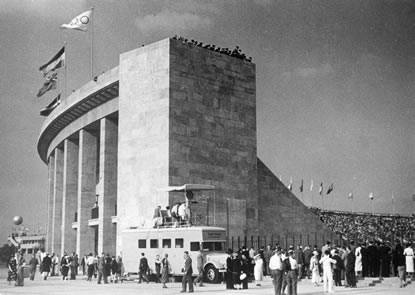
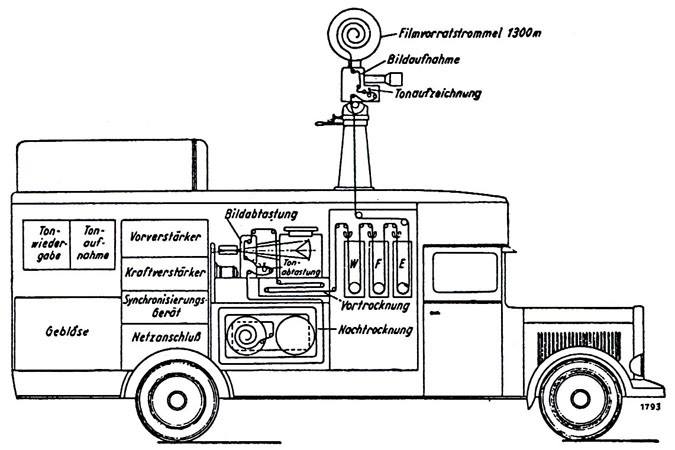 Above is the German unit from the 1936 Olympics and below the Marconi-EMI units of the BBC
Above is the German unit from the 1936 Olympics and below the Marconi-EMI units of the BBC
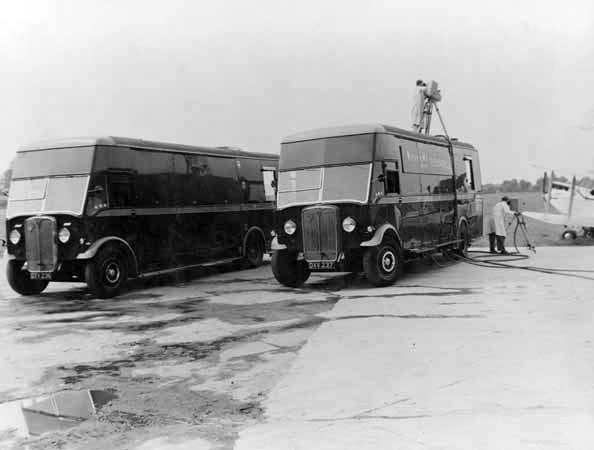



December 27, 1947…”Howdy Doody” Debuts EXCLUSIVE VIDEO
On December 27, 2016
- TV History
December 27, 1947…”Howdy Doody” Debuts EXCLUSIVE VIDEO
Thanks to Burt Dubrow, America’s top Howdy expert, WE ARE ABOUT TO SEE SOMETHING MOST HAVE NEVER SEEN…THE ORIGIANL HOWDY PUPPET ON ONE OF THE EARLIEST SHOWS RECORDED!
This kinescope is only 21 minutes long, and most likely was done as a test of the new kinescope system introduced by RCA and Kodak in September 1947. Sometime in April of 1948, the month this was shot, three new RCA TK30 cameras replaced the three big silver RCA A500 Iconoscope cameras in Studio 3H where this was done. This could either be one of the last Iconoscope shows or one of the first Image Orthicon shows. Given the many dub generations this is away from the original, it is hard to tell what cameras may have been in use, but it looks like Iconoscope to me, as the TK30 was more crisp.
The actual date of this show is not known, but is most likely from Tuesday, April 6, 1948, which would be the first Tueday show after the birth of David Eisenhower on March 31, who’s birth is featured in the newsreel. The baseball score is from a spring training game as the regualar season did not start until April 20.
At this link, you will find the “Early History Of Howdy Doody”, that Burt Dubrow helped me write a couple of years ago, and it is packed with information you will not find anywhere else.
https://eyesofageneration.com/the-early-history-howdy-doody-televisions-first-hit-show/
A few notes to help you “see” the history in this. (1) When the show started, it ran only on Saturday afternoon from 5 till 6, but after about 6 weeks, the show began a Tuesday-Thrusday-Saturday schedule from 5 till 6. On the 11th show, Howdy announced he was going to run for President of the Kids of the USA. (2) The show was origianlly called, “Puppet Playhouse” featuring Frank Paris’ “Toby At The Circus” puppet troupe, and on the first show, which Bob Smith was the host and MC for, there was no Howdy puppet, as there was no time to make him, but Howdy was heard! He was in a desk drawer and to bashful to come out.
I mention these points because the first thing I noticed was the opeining title is now “Howdy Doody Time”, which is finally proof that the name changed long before many other sources say it did. It probably happend when the show went to 3 days a week, which would be about the second or third week of February 1948…possibly February 10th or 17th. Also, the Howdy for President banner is up. By the way, this would be the first show of the day, as only a test pattern preceeded the show, and when it eneded at 6, there was not another show until 7:15, so there was another hour and fifteen minuets of test pattern.
When the show starts, notice not only the look of the first Howdy (built by Frank Pairs), but also how different the voice Bob uses for Howdy is. Remember, the voice was developed for the original “Tripple B Ranch” radio character named Elmer, who became Howdy Doody after the kids started calling him that becuase of his greeting of “Well, howdy doody everybody”.
Notice also that the kids are seated in a way that they can only see Bob and Howdy on the monitors, and not at the desk…since Bob was not a ventriloquist, he moved is lips when he voiced Howdy, so it was best to hide that as much as possible. That kind of set up, with his back to the kids when Howdy was talking, continued for the life of the show.
At 13:45, when they go to what would later become the “peanut gallery” the kids are sitting on two, four seat “horses” which were brought over from the place Howdy was born, “The Tripple B Ranch” radio show. It was a kids quiz show and the contestants sat on these glorified sawhorses…when one of the kids got a wrong answer, they were “bucked off” the horse.
At 15:03, there is a really special moment! A clown comes in with peanuts for the kids, which seems to catch Bob off guard as he says “Who you?” and then, recovers after a second or two and says thanks “Robbie”. This is most likely the first time assistant stage manager Robert “Bob” Keeshan (Clarabell) had ever worn anything other than street clothes on the set while handing things to Bob Smith. Before the Clarabell costume, it is known that Director Roger Muir had gone to NBC’s wardrobe department for something to dress Keeshan in, and this classic operatic style clown suit was probably thier first try.
Many thanks agian to Burt Dubrow for letting us see this rare and historic clip from his collection. I hope you enjoyed this very special few moments with the original Howdy on this, the 69th Anniversay of what would later become America’s first daily televison program, and the world’s first daily color television program. It was also the first program to log over 1,000 episodes. Since this is the only place to see this video, please share it! -Bobby Ellerbee
Page 6 of 136
« Previous
1
2
3
4
5
6
7
8
9
10
11
12
13
14
15
16
17
18
19
20
21
22
23
24
25
26
27
28
29
30
31
32
33
34
35
36
37
38
39
40
41
42
43
44
45
46
47
48
49
50
51
52
53
54
55
56
57
58
59
60
61
62
63
64
65
66
67
68
69
70
71
72
73
74
75
76
77
78
79
80
81
82
83
84
85
86
87
88
89
90
91
92
93
94
95
96
97
98
99
100
101
102
103
104
105
106
107
108
109
110
111
112
113
114
115
116
117
118
119
120
121
122
123
124
125
126
127
128
129
130
131
132
133
134
135
136
Next » 